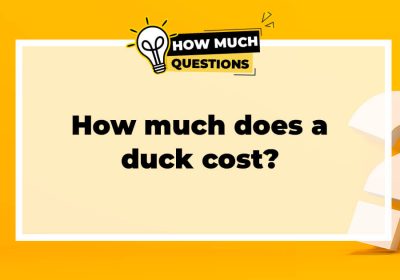
How much does a talking parrot cost?
Discover the true cost of owning a talking parrot and make an informed decision. Uncover factors influencing prices and get practical tips to save money. Dive in now!

Introduction:
Are you considering the delightful companionship of a talking parrot but wondering about the financial commitment involved? In this comprehensive guide, we'll break down the factors that influence the cost of owning a talking parrot. By the end, you'll have a clear understanding of what to expect and some valuable tips to save money along the way.
How Much Does a Talking Parrot Cost?
The cost of a talking parrot varies significantly depending on the species, age, and where you purchase it from. Budgerigars, the smallest talking parrots, can be bought for as low as $20-$40 from local pet stores. On the other hand, larger parrots like the African Grey can cost anywhere from $1,000 to $4,000. The average price range for a talking parrot is between $500 and $1,500.
It's essential to note that the initial cost of the bird is just the beginning. Additional expenses include a cage, tray liners, perches, bowls, food, toys, cleaning products, vet bills, and pet insurance.
For those interested in more exotic or rare species like the Double Yellow Head Amazons, the price can be even higher due to their unique characteristics and love for singing.
Factors Influencing Cost:
1. Parrot Species:
The type of parrot you choose significantly impacts the cost. Rare and exotic species tend to be pricier than common ones. For example, a Hyacinth Macaw will be considerably more expensive than a Budgerigar.
2. Age of the Parrot:
Young parrots are usually more expensive than older ones. However, training and socializing costs may vary based on the parrot's age.
3. Breeder vs. Rescues:
The source of your parrot matters. Reputable breeders often charge more, but you may get a healthier, well-trained bird. Adopting from a rescue can be more affordable but may require extra care and training.
4. Cage and Accessories:
Don't forget to budget for a suitable cage, toys, and other accessories. These costs can add up quickly.
5. Veterinary Care:
Regular check-ups and potential medical expenses are essential for your parrot's well-being. Factor in these recurring costs.
6. Diet and Nutrition:
Parrots have specific dietary needs. Quality food and supplements are essential, which may vary in cost.
Investing in professional training and socialization can be a crucial expense, especially for young parrots.
Pre-Purchase Considerations:
1. Lifestyle Compatibility:
Ensure your lifestyle aligns with the demands of parrot ownership. Parrots require time, attention, and a stable environment.
2. Legal Regulations:
Research and comply with local and national laws regarding pet parrots.
3. Allergies and Health Concerns:
Check for allergies or health concerns within your household that could affect you or your parrot.
4. Long-Term Commitment:
Parrots live for decades. Are you prepared for a long-term commitment?
5. Noise Levels:
Parrots can be noisy. Ensure you and your neighbors can tolerate the noise.
Cost-Saving Tips:
1. Consider Adoption:
Adopting a parrot from a rescue organization can be cost-effective and helps a bird in need.
2. Buy in Bulk:
Purchase parrot food and supplies in bulk to save on long-term expenses.
3. DIY Toys and Enrichment:
Create your parrot toys and enrichment activities to save money.
Guidance for Optimal Choices:
To ensure a positive experience with your talking parrot, follow these recommendations:
- Research Breeder/Rescue: Investigate the reputation of the breeder or rescue organization thoroughly.
- Plan Your Budget: Create a budget that considers all aspects of parrot ownership, not just the initial purchase cost.
- Educate Yourself: Learn about parrot behavior and needs to provide the best care.
- Socialization: Spend quality time with your parrot to build trust and prevent behavioral issues.
Conclusion:
In conclusion, the cost of owning a talking parrot can vary widely based on several factors. By considering the species, age, and source of your parrot, as well as pre-purchase considerations and cost-saving tips, you can make an informed decision that fits your budget and lifestyle.
Remember, parrot ownership is a long-term commitment, and the well-being of your feathered friend should always be a top priority. If you have further questions or need guidance, feel free to leave a comment below. Please note that this article provides informational guidance, and for specific advice, always consult with professionals in avian care and legal regulations in your area.
FAQ: Frequently Asked Questions
How much does a talking parrot cost on average?
The average cost of a talking parrot ranges from $500 to $1,500. However, this price can vary significantly depending on the species, age, and where you purchase the bird. For example, Budgerigars, the smallest talking parrots, can cost as low as $20-$40, while larger species like the African Grey can cost between $1,000 and $4,000.
What are the additional costs associated with owning a talking parrot?
In addition to the initial purchase price, owning a talking parrot comes with other expenses. These include the cost of a cage, tray liners, perches, bowls, food, toys, cleaning products, vet bills, and pet insurance. These additional costs can add up over time and should be considered when budgeting for a talking parrot.
What is the price range for different species of talking parrots?
The cost of a talking parrot varies greatly based on the species. For instance, an African Grey Parrot can cost between $600 to $2,000, while Amazon Parrots typically range from $500 to $1,000. More budget-friendly options like Budgerigars are usually priced around $10 to $35.
Why do some talking parrots cost more than others?
Some talking parrots cost more due to their unique characteristics, such as their ability to mimic human speech, their love for singing, or their rarity. For example, Double Yellow Head Amazons are one of the most expensive types of talking parrots because of their love for singing.
How much does it cost to maintain a talking parrot?
Maintaining a talking parrot involves recurring costs for food, toys, and healthcare. Vet bills can range depending on the health of the bird, and you'll also need to budget for toys and enrichment activities to keep your parrot mentally stimulated. These costs can vary but should be factored into your overall budget.
Are there cheaper alternatives to expensive talking parrots?
Yes, there are budget-friendly options for those interested in owning a talking parrot. Budgerigars, commonly known as budgies, are a more affordable choice, with prices ranging from $10 to $35. They are smaller in size but still capable of mimicking human speech to some extent.
What factors affect the price of a talking parrot?
Several factors can affect the price of a talking parrot, including their species, age, and whether they have been trained to talk. The location where you purchase the bird and any legal requirements can also impact the cost.
Is it more expensive to buy a young talking parrot?
The age of the parrot can influence its price. Younger birds are generally less expensive than older, more mature birds that have already been trained to talk or perform tricks.
Can talking parrots be trained to do tricks?
Yes, talking parrots are intelligent animals and can be trained to do a variety of tricks, including mimicking human speech, performing physical stunts, and even solving simple puzzles. Training requires time, patience, and often specialized guidance.
How much does a rare species of talking parrot cost?
Rare species of talking parrots, such as the Double Yellow Head Amazons, can be quite expensive, costing significantly more than common species. The price can range from $1,000 to $4,000 or even higher, depending on various factors like age, training, and overall health.
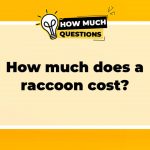 How Much Does a Raccoon Cost? An In-depth Analysis
How Much Does a Raccoon Cost? An In-depth Analysis How much does a penguin cost?
How much does a penguin cost?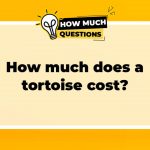 How Much Does a Tortoise Cost?
How Much Does a Tortoise Cost? How Much Does Dog Cremation Cost?
How Much Does Dog Cremation Cost?If you want to know other articles similar to How much does a talking parrot cost? you can visit the category Veterinary and Pet Care.
- Introduction:
- How Much Does a Talking Parrot Cost?
- Factors Influencing Cost:
- Pre-Purchase Considerations:
- Cost-Saving Tips:
- Guidance for Optimal Choices:
- Conclusion:
- FAQ: Frequently Asked Questions
- How much does a talking parrot cost on average?
- What are the additional costs associated with owning a talking parrot?
- What is the price range for different species of talking parrots?
- Why do some talking parrots cost more than others?
- How much does it cost to maintain a talking parrot?
- Are there cheaper alternatives to expensive talking parrots?
- What factors affect the price of a talking parrot?
- Is it more expensive to buy a young talking parrot?
- Can talking parrots be trained to do tricks?
- How much does a rare species of talking parrot cost?
Leave a Reply

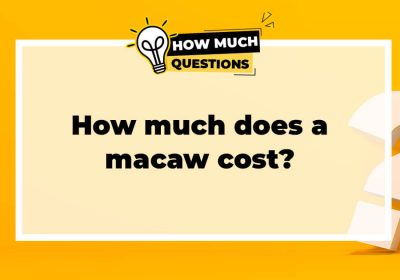

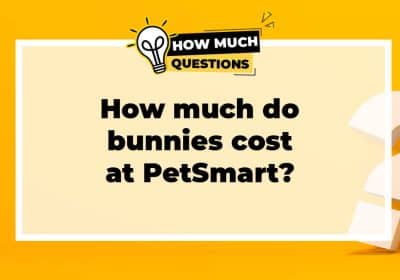
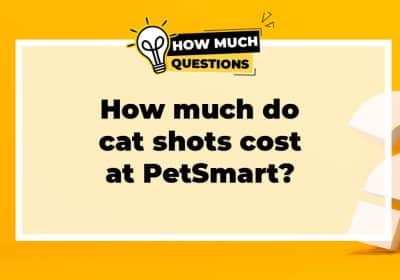
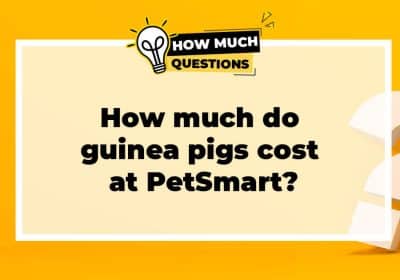

You might be interested in